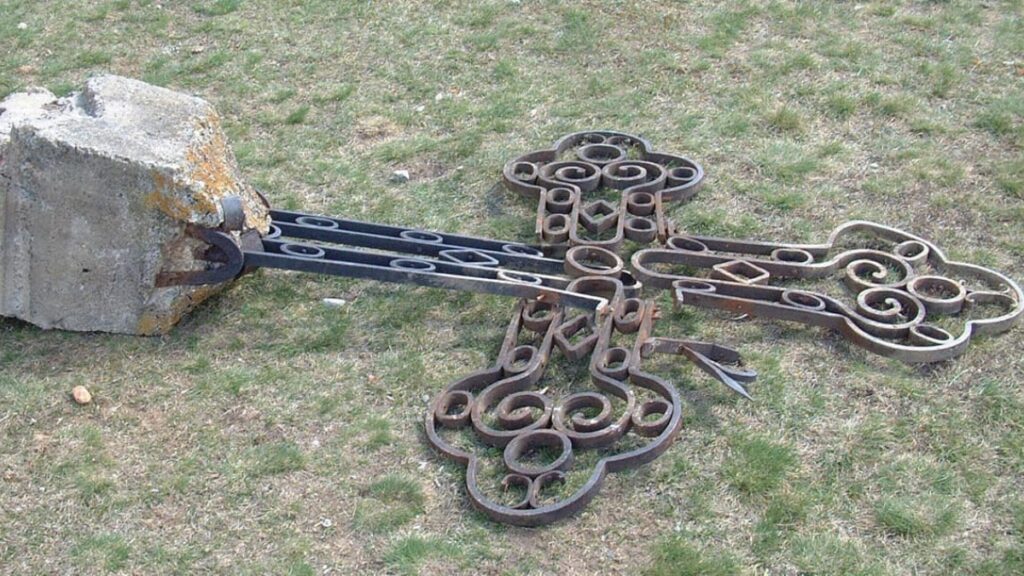Last updated on March 21st, 2021 at 12:41 pm
The official web page of the Metropolitanate of Montenegro and the Littoral documents the heart-wrenching devastation that took place in just two days in March 2004.
Among the atrocities – 31 people were killed by Albanian extremists, 800 were injured (including 65 KFOR soldiers), 4,000 Serbs were forced to flee their homes,
and more than 1,000 Serb houses were burned to the ground along with 31 churches and monasteries.
Six towns and nine villages were ethnically cleansed of Serbs, in the presence or with the participation of the International Mission in Kosovo and Metohija, which either could not or did not want to prevent the attacks.
What sparked the pogrom – the greatest suffering of Serbs in the southern Serbian province since 1999 – was the tragic death of Albanian boys who drowned in the river Ibar. Albanian and worldwide media immediately pushed the narrative that Serbs from a nearby village committed the crime, but an investigation established that the allegations were false, and that the children who made the initial accusations were under pressure from the Albanian media and politicians.
Iconic monuments were torched in the aftermath. The Church of Our Lady of Ljeviška was burned in Prizren, as well as the Church of the Holy Savior, the Church of St. Nicholas, the Church of St. Cosmas and Damian, the Church of Holy Sunday – all edifices dating back to the 14th century. The building of the Orthodox Church’s Seminary in Prizren was also set on fire, and the charred body of Dragan Nedeljković was found in the basement of the burned building.
All Serb houses in Peć were set on fire, and Serbs had to be evacuated to the Italian KFOR base. Until 1999, about 9,000 Serbs lived in the town of Kosovo Polje. Now, there are about a hundred of them, and they live under the protection of Norwegian soldiers.
The international community condemned these crimes, after which NATO members stepped up their military presence in the province. Admiral Gregory Johnson, NATO commander for Southern Europe, said that the violence across the province seemed organized and orchestrated. “What is happening in Kosovo is a pogrom against one nation and its history.”
Still, despite these condemnations, most of the perpetrators and participants in these attacks got away with their crimes. Estimates indicate that more than 50,000 Albanians took part in the pogrom. Most lawsuits were eventually mitigated or the crime in question was misclassified, and even such mitigated lawsuits ended with even milder sentences. The original witnesses did not appear at the hearings. No one has been charged with murder.
The monstrous scale of this crime is reflected in the fact that the Serbian state and the Serbian people and culture are historically more present on the territory of the southern province than anywhere else. “Everything that survived in spite of the Ottoman occupation, survived for almost a thousand years, but was destroyed in just two days in the 21st century, on the territory of Europe. This very heritage that Albanians destroyed is now being claimed by Priština as its own, and the so-called Republic of Kosovo is seeking membership in UNESCO”, stated a press release on the official portal of the Metropolitanate.
Numerous questions about the events on the territory of the Serbian province of Kosovo and Metohija in the period from 17 to 19 March 2004 remain unanswered even today. European institutions, whose member states were created on Christian foundations, were silent about this organized pogrom against Christ himself, Christianity and Christians in the middle of Europe in the 21st century.
